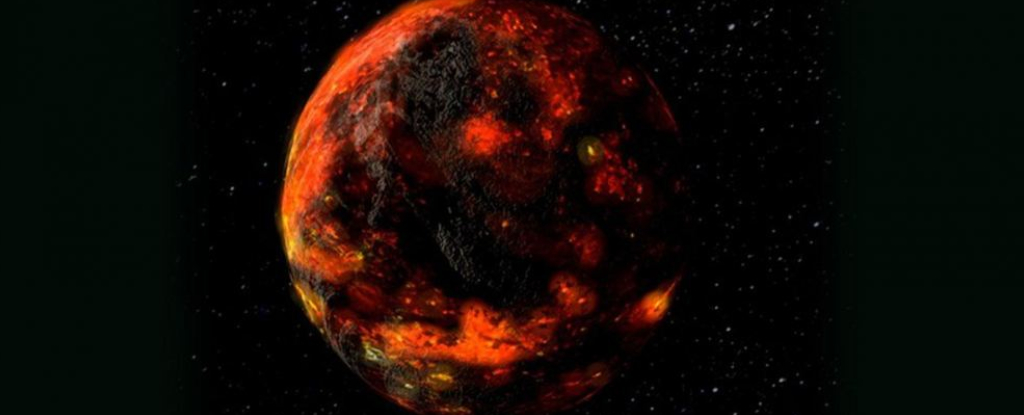
New research has demonstrated the precise relationship between past ice ages and each wobble, tilt, and angle of the planet's path, unlocking a new tool for predicting the future fluctuations of our global climate.

Data from Chinese Zhurong rover provide an unprecedented look into rocks buried near a proposed shoreline billions of years old. The researchers claim to have found beach deposits from an ancient Martian ocean.

A new international study partially funded by NASA on how Mars got its iconic red color adds to evidence that Mars had a cool but wet and potentially habitable climate in its ancient past.

New measurements of rocks gathered during the Apollo missions now show it solidified some 4.43 billion years ago. It turns out that's about the time Earth became a habitable world.

Recent expanded analysis much more strongly suggests that Callisto hosts a subsurface ocean.

A team of researchers has found evidence of salt minerals in samples recovered from Ryugu during the initial phase of Japan's Hayabusa2 mission.

New images, taken over 16 min on January 17, 2025 by the Mastcam instrument on NASA's Curiosity rover, show noctilucent, or twilight clouds, in the atmosphere of Mars.

Meteoroids striking Mars produce seismic signals that can reach deeper into the planet than previously known.

Last year, a study proposed that deposits of carbon dioxide ice and other carbon-bearing molecules on Uranus's moon Ariel likely originated from chemical processes inside the moon—possibly even from a subsurface ocean.

In the months following massive solar storm in May, 2024, Earth was girded by two new, temporary radiation belts of high-energy particles, trapped by the planet's magnetic field.

Bennu has a 1-in-2,700 chance of colliding with Earth in 2182, causing a global winter and drought.

New research shows that when an asteroid slammed into the moon billions of years ago, it carved out a pair of grand canyons on the lunar far side.

During a flyby of Jupiter’s moon Io on December 27, 2024, NASA’s Juno spacecraft discovered an astonishing volcanic hotspot in the moon’s southern hemisphere.

Though it's a cold, dead planet, Mars still has its own natural beauty about it. This image shows us something we'll never see on Earth - Martian CO2 geysers.

Recently scientists found 266 lunar ridges on the far side: evidence the Moon has been active within the past 200 million years and might still be active today.